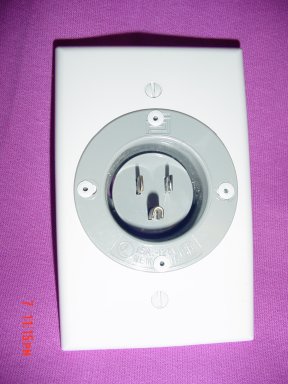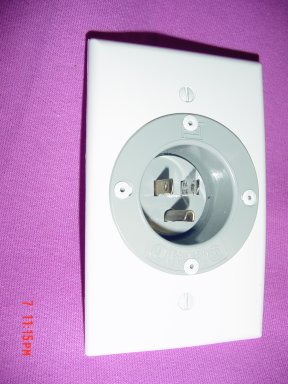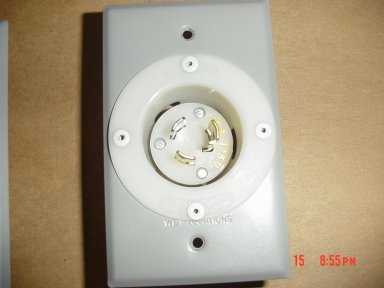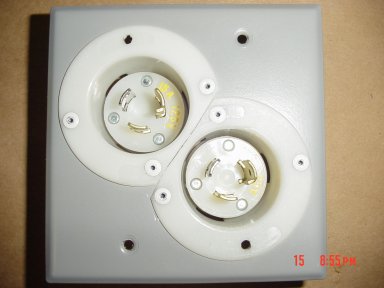Standard boxes and NM are the rest of the items needed. You're basically building an in-wall extension cord.
Don't try it in Washington State.
We recently had this discussion over a similar piece of equipment.
By feeding that "in-wall extension cord" with a flexible cord you are now using that cord as part of a permanent wiring system.
From the December 2009 Electrical Currents Newsletter
Circuit Extensions Connected By Extension Cords Are Not Allowed
A variety of products are now on the market in response
to the demand for providing concealed power to wall
mounted flat screen televisions and similar devices.
Most of these products consist of a kit that contains a
cut-in outlet box for behind the television, a cut-in outlet
box for below the television, a length of Type NM used
to connect the two boxes and a standard duplex
receptacle for behind the TV. Also included in the kit is
a male receptacle for the lower cut in box and an
extension cord used to connect the male receptacle to a
nearby existing outlet. This picture is an example of one
manufacturer?s system.
NEC 408.4 (1) says that flexible cords and cables must
not be used as a substitute for the fixed wiring of a
structure. The requirements of the National Electrical Code take precedence over any overall product
listing information provided with this type of circuit extension kit.





